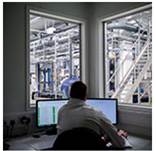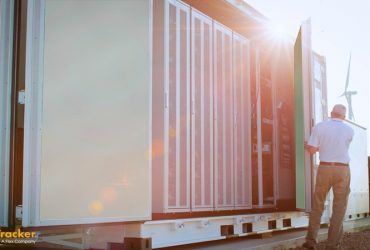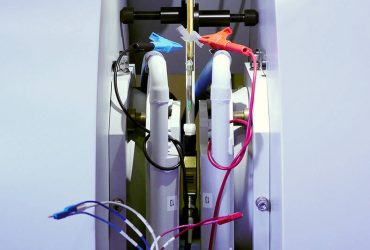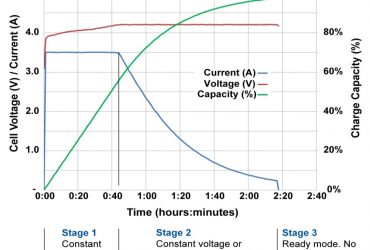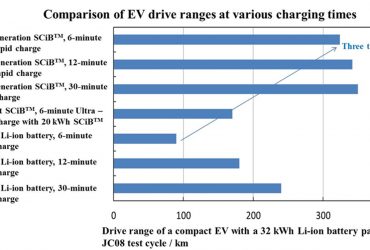Tag: Li-Ion batteries
2018 CEO Forecast with Patrick Trippel at Inventus Power
Part of the Battery Power 2018 Trends to Watch Series
Commentary contributed by Patrick Trippel, CEO, Inventus Power
There has been a sea change in the battery industry in the last year, and since we expect these changes to extend into 2018 and beyond, I have begun to think of this as the beginning of a new era. The last fifteen years have shown how readily our world can adopt new mobile technologies. Read more about 2018 CEO Forecast with Patrick Trippel at Inventus Power …
NEXTracker Introduces Lithium-Ion and Vanadium Flow Energy Storage Systems for Smarter Renewable Energy Production
New Test Procedure for Developing Quick-Charging Lithium-Ion Batteries
How to Charge Li-Ion with a Parasitic Load
Contributed commentary by Isidor Buchmann, CEO & Founder, Cadex Electronics Inc.
Charging a battery is simple but the complexity rises when a parasitic load is present during charge. Depending on battery chemistry, the charge process goes through several stages, and with lithium-ion Stage 1 consists of a constant current (CC) charge that brings the battery to roughly 70 percent state-of-charge (SoC). The cell reaches 4.20V/cell, a common voltage limit for Li-ion, after which Stage 2 continues by applying a constant voltage (CV) charge. The current begins to drop as the battery saturates. Full-charge is reached when the current decreases to typically 0.05C, which is one-twentieth of the rated ampere-hour. Li-ion cannot absorb overcharge and no charge is applied in Stage 3. Figure 1 illustrates typical voltage, current and capacity signatures of the CCCV charge. Read more about How to Charge Li-Ion with a Parasitic Load …





